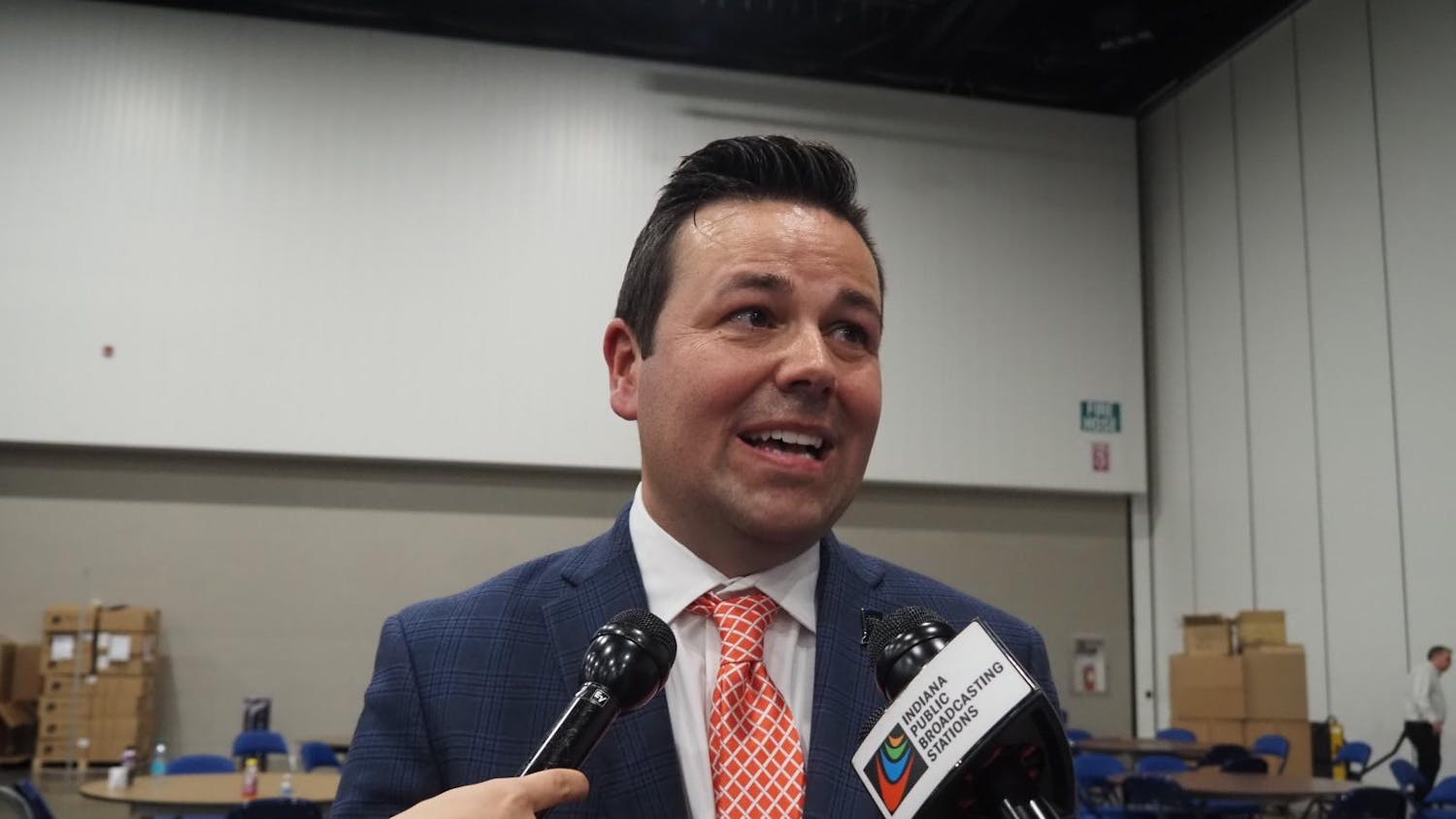An explanation on the back of The Best of Ken Burns Jazz says the 20-song sampler of both the PBS miniseries and the $80-something comprehensive companion boxed set is meant to merely introduce listeners to the evolving sound of jazz, particularly instrumental jazz.\nTo that end, the tracks appear on the CD in mostly chronological order, with recordings from the end of the 1920s to a 1992 recording of "Take the 'A' Train" by the Lincoln Center Jazz Orchestra. \nAlthough the CD is fun, mostly upbeat and easy to listen to, the feeling that something is missing lingers throughout its run. Neither the end notes nor the track listing gives much rhyme or reason as to why each track well represents a jazz overview. In some ways this is nice because the music can speak for itself. But the CD title promises the best of the recordings from the documentary, which combines music with history. It would have been nice if the Best of CD combined this element as well. As is, the Best of CD feels like the product the whole "Jazz" marketing machine forgot. In addition to the documentary and the CD boxed set, Jazz is also being sold in a pricey coffee table book and in 22 "best of" compilations from the some of jazz's greatest artists. \nIt's great to put on jazz and hear great recordings such as Count Basie's "Jumpin' at the Woodside" and Louis Armstrong's "Stardust." But for some reason, Best of feels like less of an overview and more of an incomplete product. For a real jazz fan, or a novice who wants to get up to speed, it's almost more worthwhile to fork over the money for the boxed set or to purchase "best of" compilations of favorite musicians.
Various
Jazz
Get stories like this in your inbox
Subscribe





